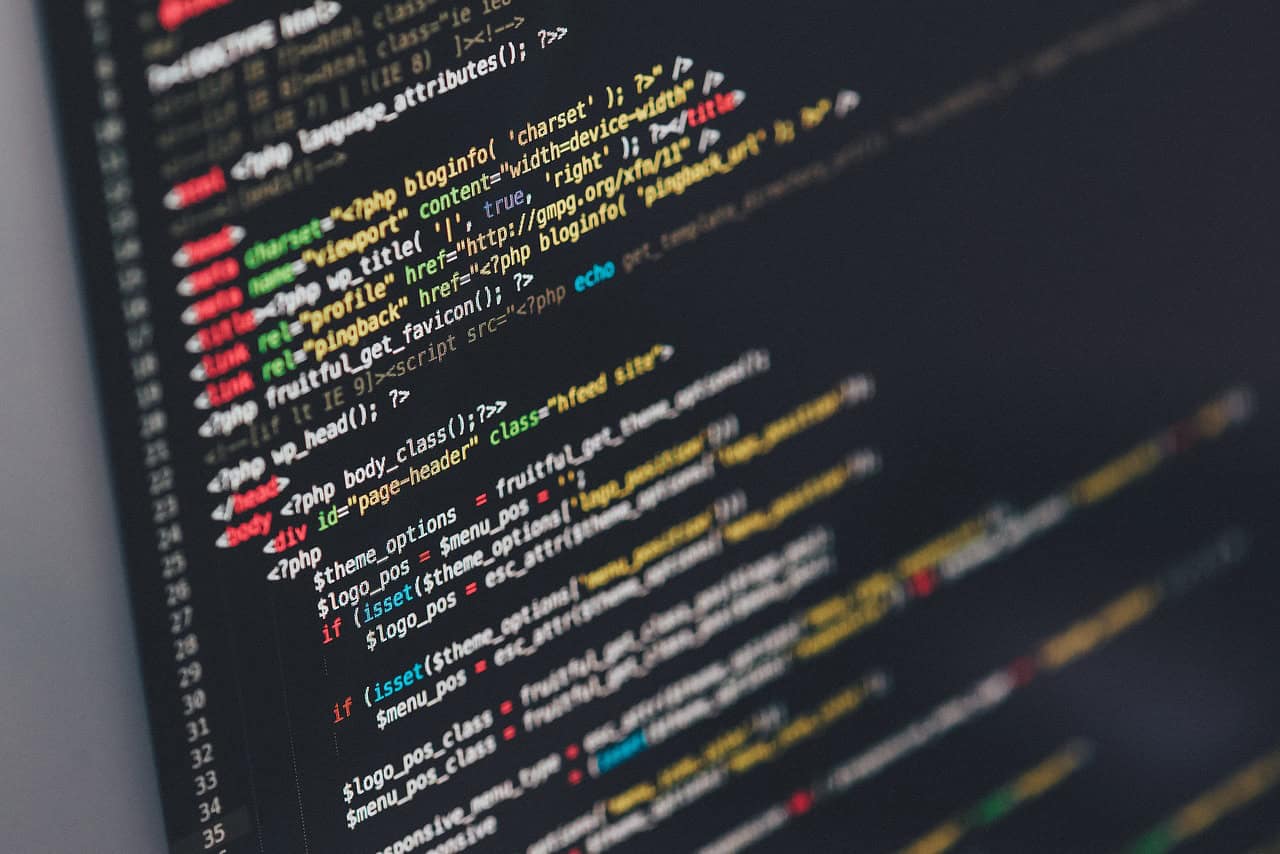Master Python Web Development: An Essential Guide for Beginners
Python web development has gained immense popularity due to its simplicity, versatility, and robust frameworks. In this guide, we will dive deep into the essentials of Python web development, exploring the best practices, tools, and frameworks to help you get started on your web development journey.
What is Python Web Development?
Python web development refers to the process of creating web applications and websites using the Python programming language. It encompasses server-side logic, managing user interactions, handling data, and rendering dynamic content.
Why Use Python for Web Development?
- Versatility: Python is suitable for various web development projects, from simple websites to complex web applications.
- Maturity: With nearly three decades of history, Python is a mature language that has been adopted in numerous industries.
- Security: Python is often the choice for fintech applications due to its capability to handle sensitive data securely.
Choosing the Right Framework
Python offers a variety of frameworks for web development, the most popular ones being:
- Django: An all-encompassing framework that provides a complete suite of features for building secure and scalable web applications.
- Flask: A micro-framework that is lightweight and easy to use, ideal for small to medium-sized applications or when developers want full control over the components they choose.
Setting Up Your Development Environment
Installing Python
Start by downloading Python from the official Python website. Follow the installation instructions to get started.
Creating a Virtual Environment
To manage your project dependencies, create a virtual environment using `venv`:
python -m venv myenv
source myenv/bin/activate # For Linux/Mac
myenv\Scripts\activate # For WindowsProject Initialization and Configuration
Initializing a New Project with Django
To create your Django project, run:
django-admin startproject myprojectInitializing a New Project with Flask
For Flask, you can just create a new folder and place your Python files inside it:
mkdir myflaskappDefining Models, Views, and Templates
Defining Models
With Django’s ORM, models can be defined easily:
from django.db import models
class Post(models.Model):
title = models.CharField(max_length=100)
content = models.TextField()Creating Views
Create views to handle different URLs.
from django.shortcuts import render
def home(request):
return render(request, 'home.html')Templates
Use Django’s templating system to display dynamic content:
<h1>{{ post.title }}</h1>
<p>{{ post.content }}</p>Handling Forms and User Input
Form Handling
Use Django forms or WTForms with Flask to handle input securely:
from django import forms
class PostForm(forms.ModelForm):
class Meta:
model = Post
fields = ['title', 'content']Deploying Your Application
- Cloud Deployment: Consider platforms like Render.com or Heroku to host your Flask applications with minimal hassle.
- Containerization: Use Docker for consistent deployment across all environments.
Best Practices
Follow best practices to ensure your application is robust:
- Implement testing and Test Driven Development (TDD).
- Use caching to improve performance.
- Utilize social authentication for secure user management.
Additional Resources
If you’re looking for more in-depth resources on Python web development, check out:
- Unlock Your Potential: A Beginner’s Guide to Python Web Development
- Master Python Web Development: Your Ultimate Guide to Building Dynamic Applications
Conclusion
Python web development opens doors to countless opportunities. With its user-friendly syntax and extensive frameworks, you can build powerful web applications efficiently. Whether you opt for Django or Flask, the key is to keep learning and practicing.
Python Web Development Projects and Real-World Applications
Key Projects
- Blog Application with Django: Create a blog where users can register, create, edit, and comment on posts.
- To-Do List Application with Flask: Develop a simple to-do app that allows users to add, delete, and mark tasks as complete.
- Online Store: Build an e-commerce website using Django, featuring product listings, a shopping cart, and user accounts.
- RESTful API with Flask: Create a RESTful API that can be consumed by various clients to perform CRUD operations on data.
Python Code Examples
Blog Application with Django
from django.db import models
class BlogPost(models.Model):
title = models.CharField(max_length=200)
content = models.TextField()
created_at = models.DateTimeField(auto_now_add=True)
To-Do List Application with Flask
from flask import Flask, request, redirect, url_for
app = Flask(__name__)
tasks = []
@app.route('/tasks', methods=['POST'])
def add_task():
task = request.form.get('task')
tasks.append(task)
return redirect(url_for('task_list'))
@app.route('/tasks')
def task_list():
return '
'.join(tasks)
Real-World Applications
Python web development is pivotal in creating various applications across different domains:
- Content Management Systems: Many CMS platforms use Python for back-end development due to its simplicity and efficiency. Django is a common choice for these systems.
- Data-Driven Web Applications: Python’s powerful libraries make it suitable for applications that require data analysis and visualization, such as dashboards.
- Healthcare Systems: In the healthcare industry, Python applications assist in managing patient data, appointments, and electronic health records securely.
- Finance and FinTech: The finance sector utilizes Python’s capabilities for quantitative finance, simulations, and high-performance trading applications.
Next Steps
Now that you have a solid foundation in Python web development, you’re ready to take the next steps in your journey.
Start by working on small projects using Django or Flask to reinforce what you’ve learned. Building your first web application can be a game changer!
Additionally, consider exploring more advanced topics by reading our comprehensive guide on web development in Python.
This can help you gain insights into best practices and common pitfalls in the development process.
Don’t forget to engage with the Python community through forums and social media for support and inspiration.
Lastly, continue enhancing your skills by checking out our links to beginner guides and advanced resources. Your journey in Python web development is just beginning!
